The age-old kitchen trick of rubbing butter along the rim of a pot to prevent milk from boiling over might seem like pure folklore, but it’s rooted in fascinating physics. This simple yet effective method has been passed down through generations, often dismissed as an old wives’ tale until science caught up to explain why it works. The interaction between butter, milk, and heat reveals a delicate balance of surface tension, viscosity, and foam stabilization—concepts that are anything but mythical.
When milk is heated, its proteins and fats begin to break down and reorganize. As the temperature rises, steam bubbles form at the bottom of the pot, where the heat is most intense. These bubbles rise through the liquid, carrying proteins and fats to the surface. Once there, the proteins unfold and bond together, creating a stable foam layer. This foam traps steam beneath it, and as pressure builds, the foam expands upward until it spills over the edge in a messy, unstoppable cascade. Anyone who’s scrubbed burnt milk off a stovetop knows the frustration of this phenomenon all too well.
Enter butter. Smearing a thin layer of it around the inner rim of the pot introduces a hydrophobic (water-repelling) barrier. Butter is primarily composed of fat, which doesn’t mix with the water-based components of milk. When foam bubbles rise and reach this greased rim, the fat from the butter disrupts the protein bonds stabilizing the foam. Without these bonds, the bubbles collapse before they can grow large enough to spill over. It’s a microscopic battle between surface tension and fat, with butter acting as the unsung hero that keeps the milk in check.
The effectiveness of this method hinges on the concept of surface tension—the cohesive force between liquid molecules that makes them behave like an elastic sheet. Milk, with its proteins and fats, has a higher surface tension than water, which is why it foams so vigorously. Butter, being fatty, reduces this surface tension locally where it’s applied. As foam bubbles hit the buttered rim, their structural integrity weakens, causing them to burst rather than accumulate. This principle is similar to how commercial anti-foaming agents work in industrial processes, albeit on a much simpler scale.
Interestingly, the type of fat used matters. Butter, with its milk solids and water content, is more effective than pure oils like vegetable or olive oil. The milk solids in butter may interact more favorably with the proteins in the boiling milk, enhancing the foam-breaking effect. This nuance explains why some home cooks swear by butter while others find oils less reliable. It’s a small but critical detail that underscores the complexity of what seems like a trivial kitchen hack.
Beyond the kitchen, this trick has implications for understanding fluid dynamics in food science. The same principles apply to preventing boil-overs in large-scale dairy processing or beer brewing, where uncontrolled foam can lead to costly messes and production delays. By studying why butter works, researchers can develop better industrial anti-foaming solutions inspired by this humble household technique. It’s a reminder that sometimes, the most mundane practices hold the keys to solving larger problems.
Of course, the butter method isn’t foolproof. If the heat is too high or the pot too full, even the most generously buttered rim may not save you from a boil-over. The technique works best as part of a broader strategy: moderate heat, constant stirring, and vigilance. Yet, its enduring popularity speaks to its reliability. In a world of high-tech kitchen gadgets, it’s reassuring to know that a dab of butter and some age-old wisdom can still outsmart modern inconveniences.
Next time you’re heating milk, take a moment to appreciate the quiet science happening in your pot. That thin smear of butter isn’t just a folk remedy—it’s a masterclass in physics, a tiny intervention with outsized effects. And if anyone scoffs at your method, just smile and let the unspilled milk speak for itself.

By /Jul 31, 2025
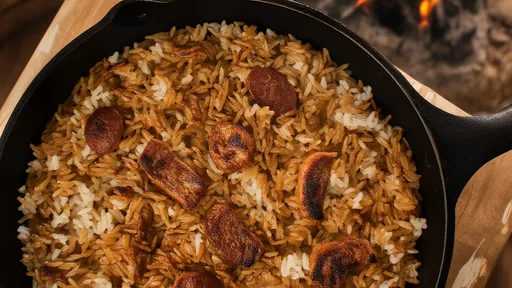
By /Jul 31, 2025
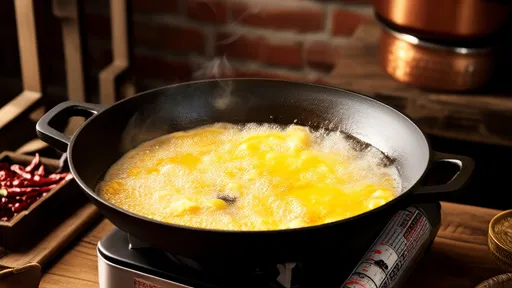
By /Jul 31, 2025
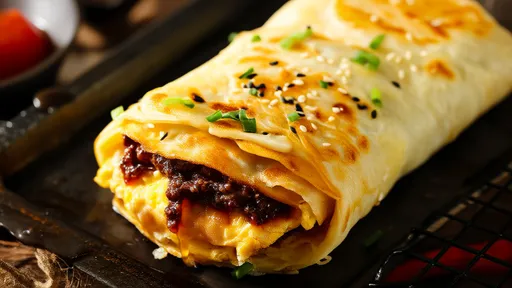
By /Jul 31, 2025
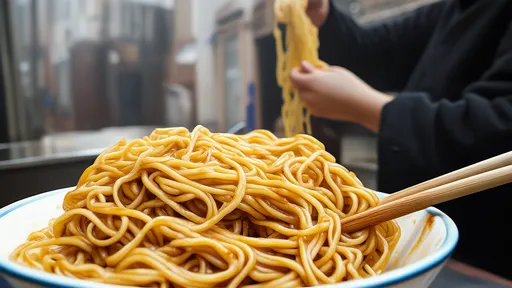
By /Jul 31, 2025
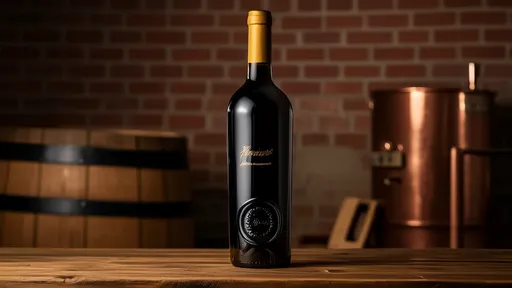
By /Jul 31, 2025
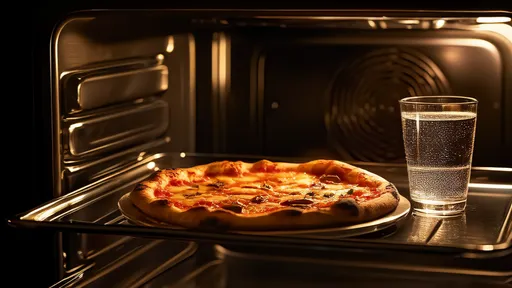
By /Jul 31, 2025
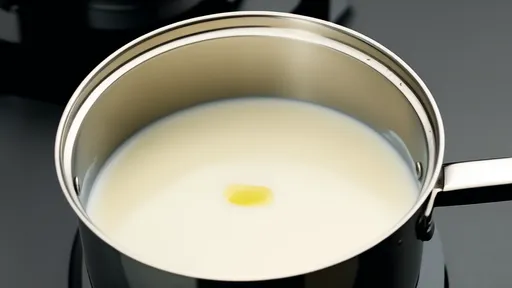
By /Jul 31, 2025
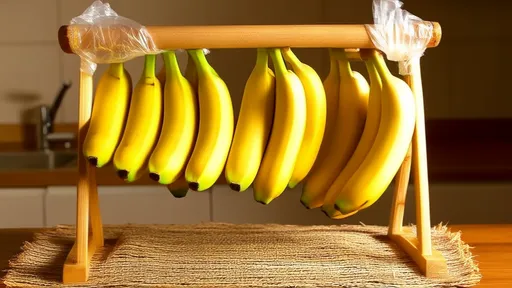
By /Jul 31, 2025

By /Jul 31, 2025
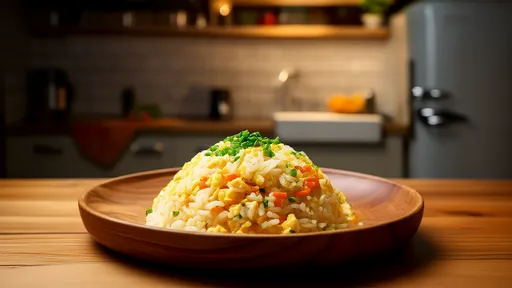
By /Jul 31, 2025
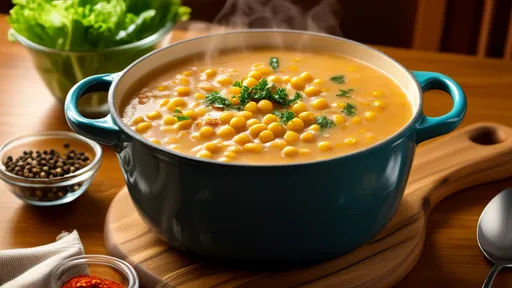
By /Jul 31, 2025
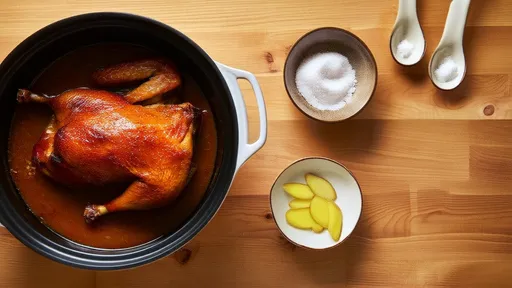
By /Jul 31, 2025
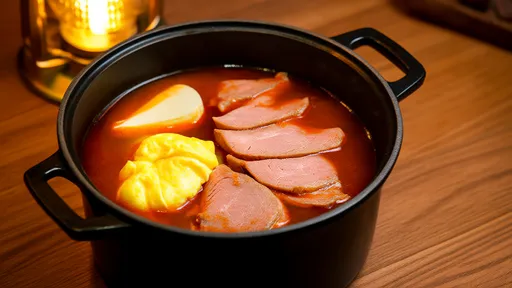
By /Jul 31, 2025
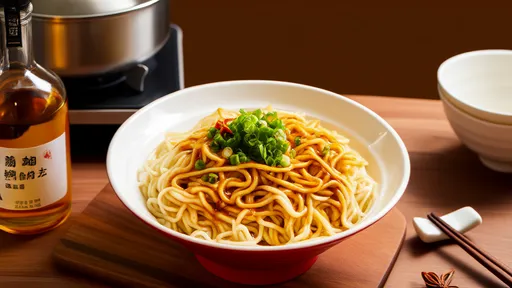
By /Jul 31, 2025
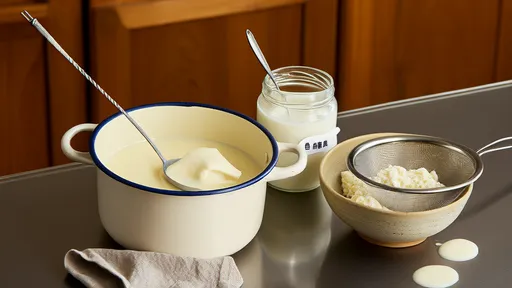
By /Jul 31, 2025
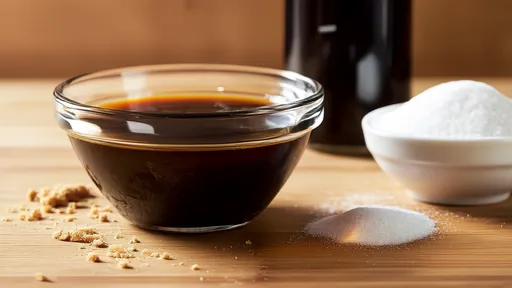
By /Jul 31, 2025
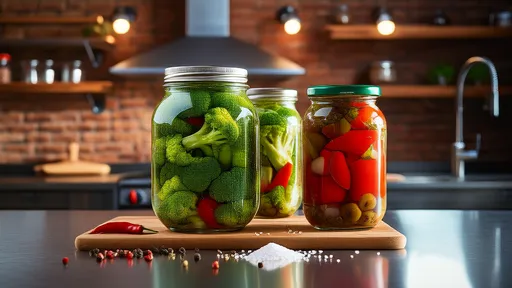
By /Jul 31, 2025
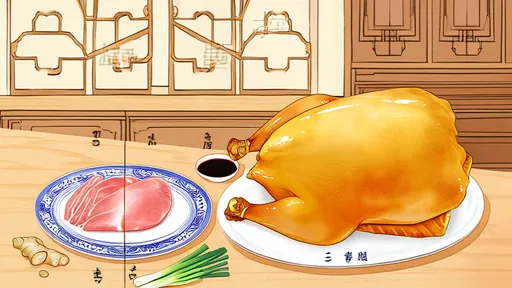
By /Jul 31, 2025
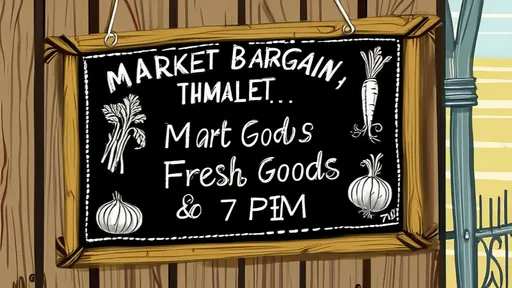
By /Jul 31, 2025